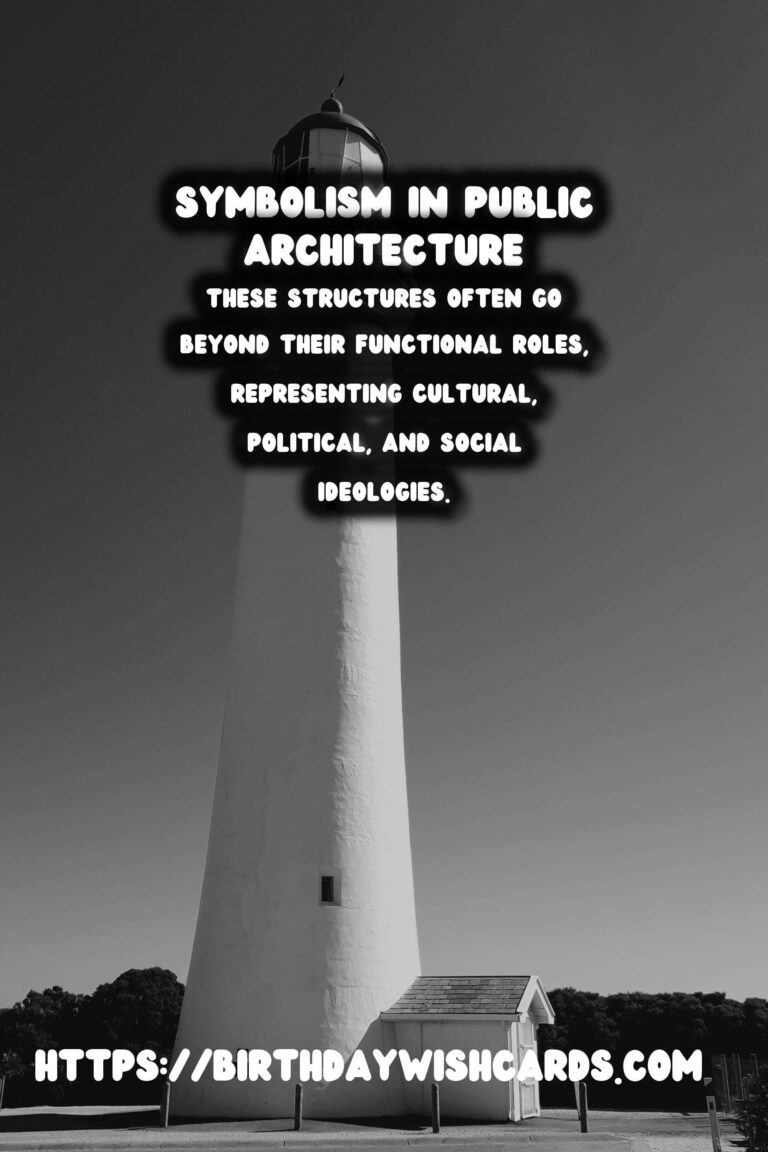
Public buildings have long been a crucial aspect of human civilization. These structures often go beyond their functional roles, representing cultural, political, and social ideologies.
The architectural design of public buildings, historically, has played a significant role in conveying messages to the people. From the grandeur of ancient temples to the modernist philosophies embodied in contemporary architecture, public buildings symbolize the society they are built in.
The Art of Symbolism in Architecture
The language of architecture, akin to any other form of art, is rich with symbolism. Architectural features, styles, and forms are intentionally selected to impart particular meanings to the observer.
For instance, the use of columns, domes, and arches in religious buildings is designed to evoke a sense of grandeur and divine connection. These elements are not mere decorative features but hold deeper meanings that align with their purpose.
Iconic Structures as Political Statements
Public buildings have frequently been utilized as political tools. Governments and rulers often commissioned extravagant architectures to manifest power, stability, and progress.
The United States Capitol Building, strong with neoclassical elements, is a deliberate nod to the democracies of Ancient Greece and Rome. The design alludes to an ongoing tradition of civic governance and justice.
Religious Significance in Architecture
Religious structures are one of the most potent forms of symbolic public architecture. Each faith has its architectural vernacular representing spiritual beliefs and practices.
For example, the soaring spires of Gothic cathedrals reach towards the heavens, a physical representation of humanity’s quest to connect with the divine.
Social Impacts of Architectural Symbols
Beyond their individual symbolism, public buildings impact societal structures. They reflect technological advancements, cultural trends, and societal values.
The Industrial Revolution ushered in a new era of public architecture, emphasizing functionality and progress. Factories and railway stations of the period reveal an era marked by rapid development and change.
The Future of Public Architecture
As we move into the future, public architecture continues to evolve. Sustainability and environmental concern are now key themes, as seen in the design of modern public spaces.
Modern architects increasingly focus on green materials and energy-efficient designs. These priorities reflect a societal shift towards ecological awareness and responsibility.
Conclusion
In essence, the architectural history of public buildings serves as a rich tapestry of symbolism, conveying narratives about the societies that built them. These structures are not just buildings; they are stories constructed from stone and space.
Understanding the symbolism embedded in these works provides a window into the cultural, political, and social minds of their creators.
Public buildings have long been a crucial aspect of human civilization. These structures often go beyond their functional roles, representing cultural, political, and social ideologies. 
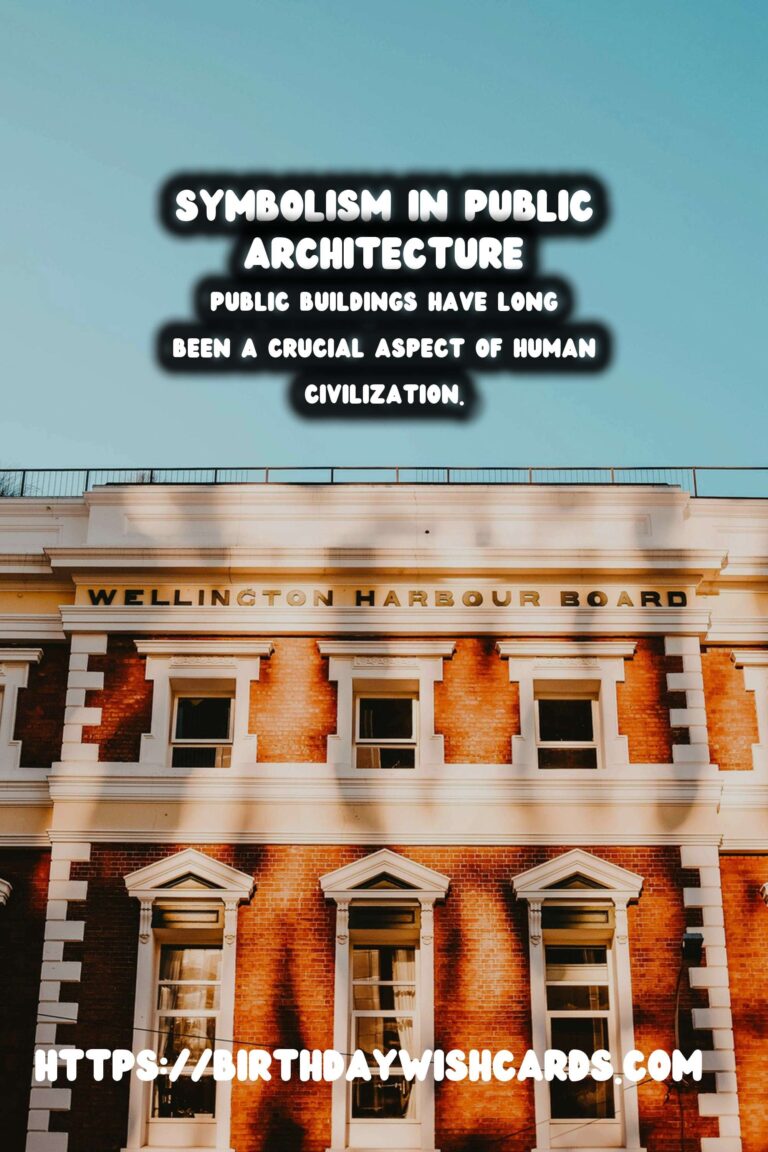
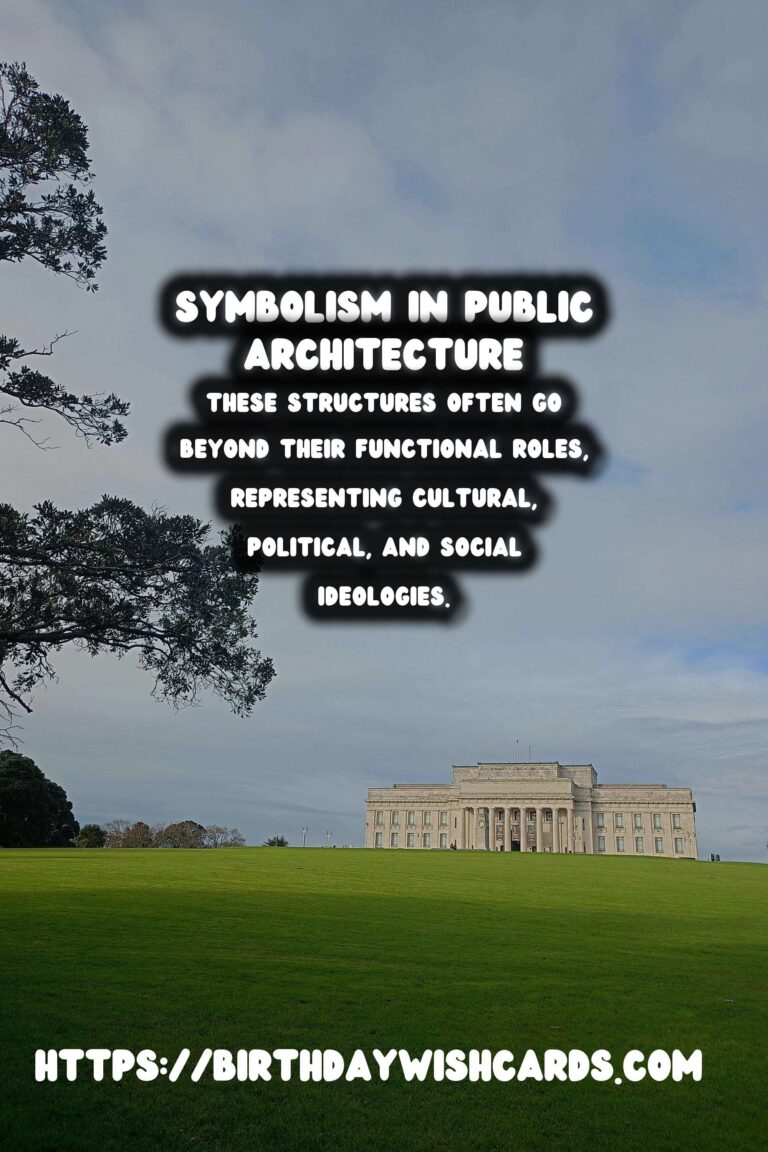
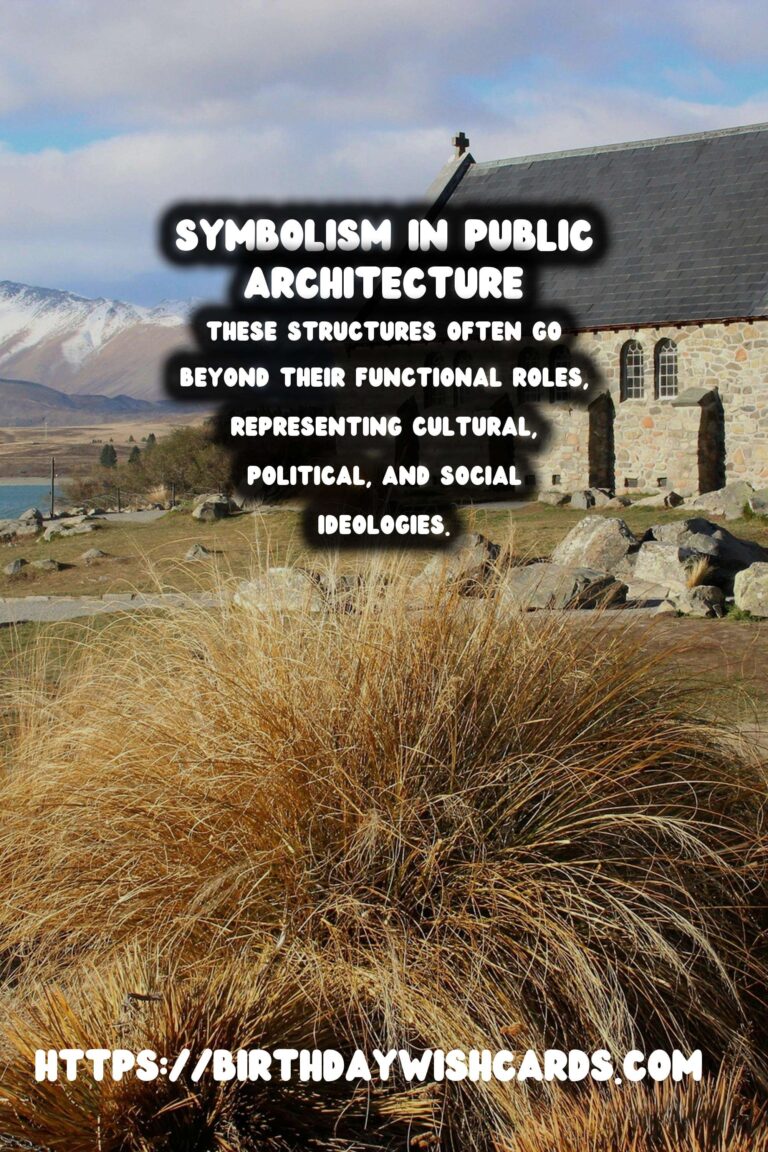
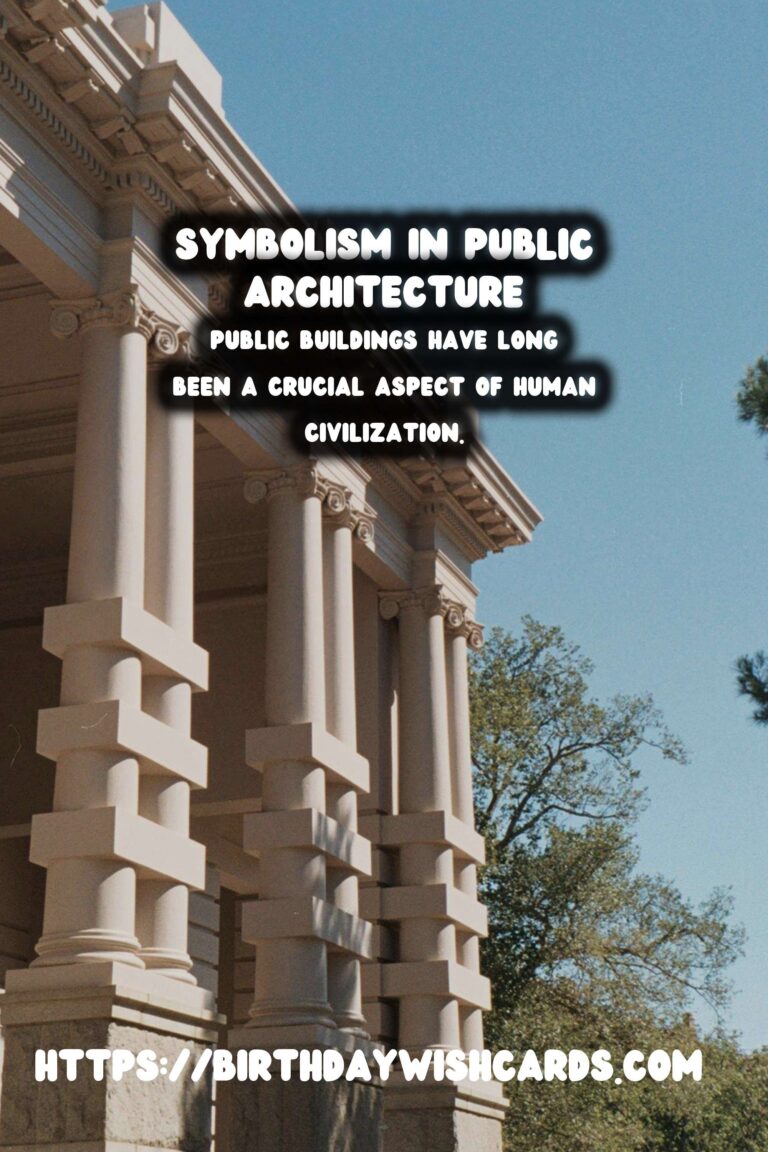
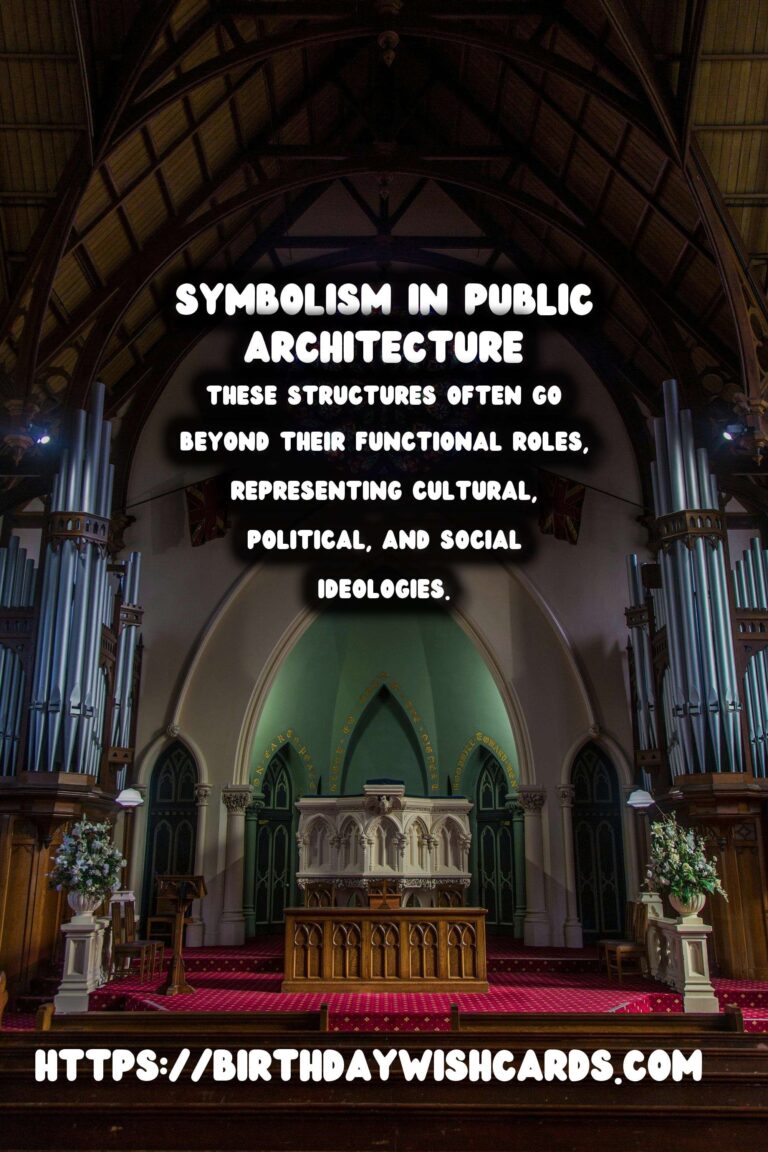
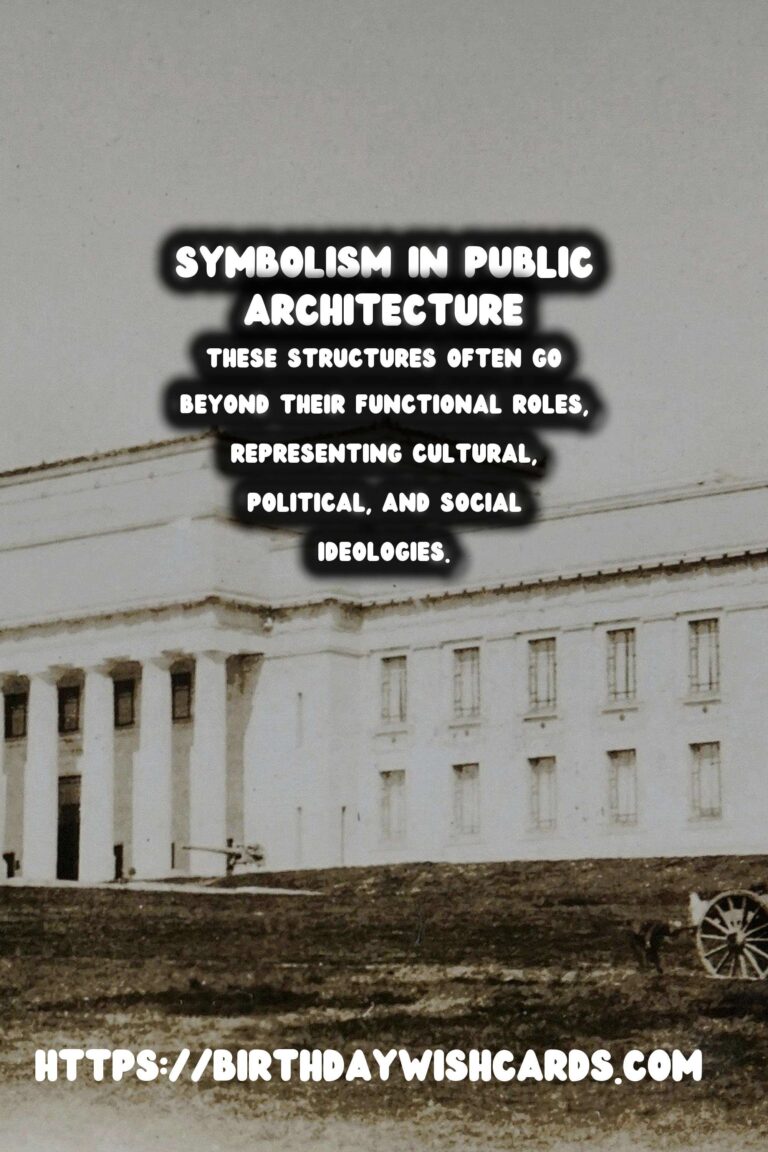
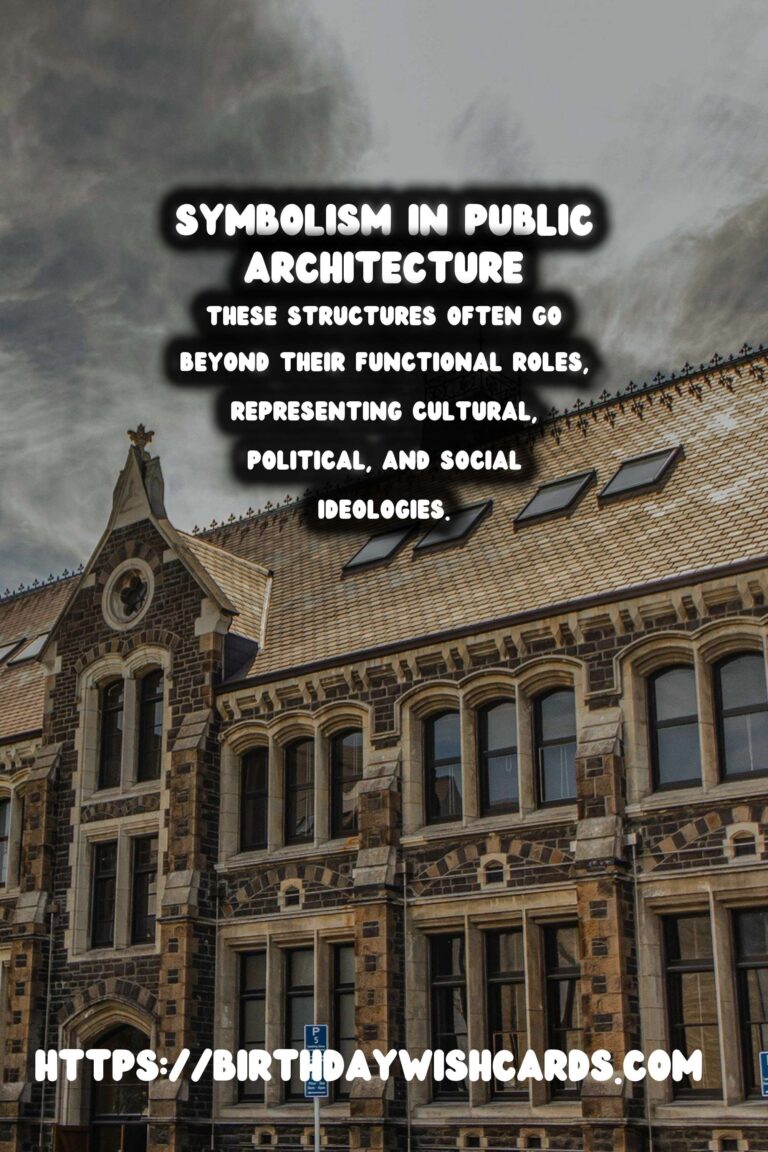
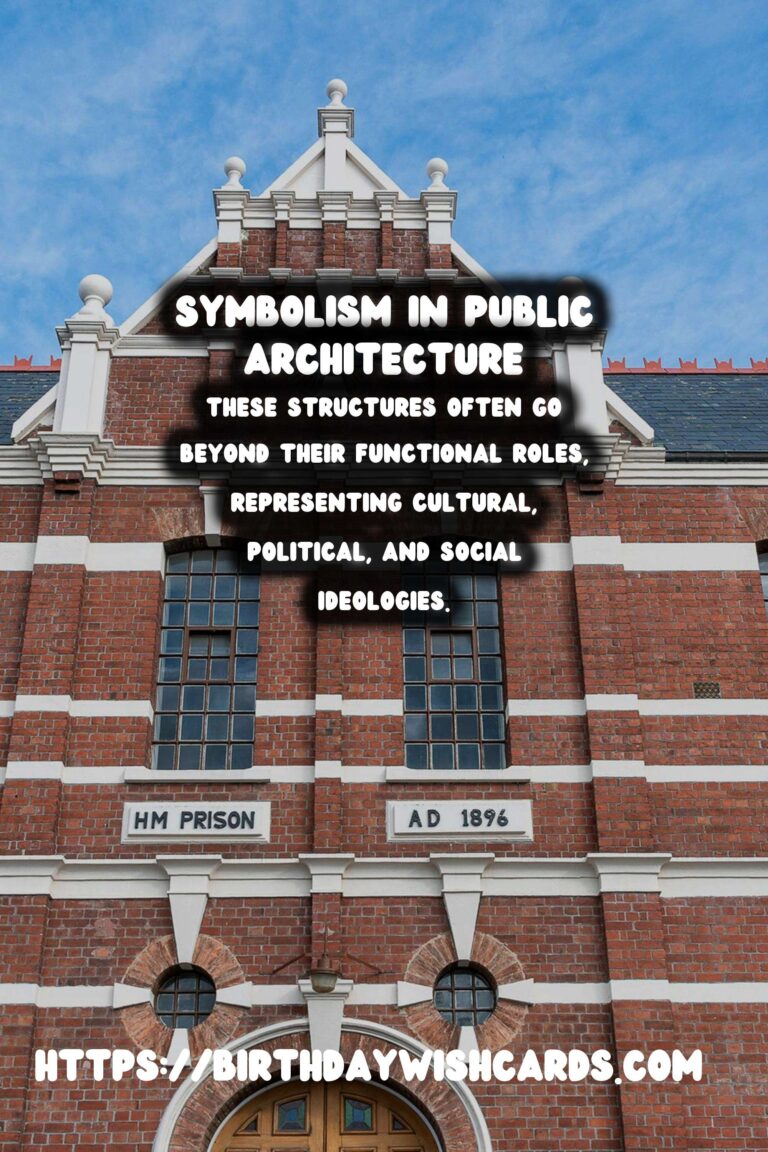
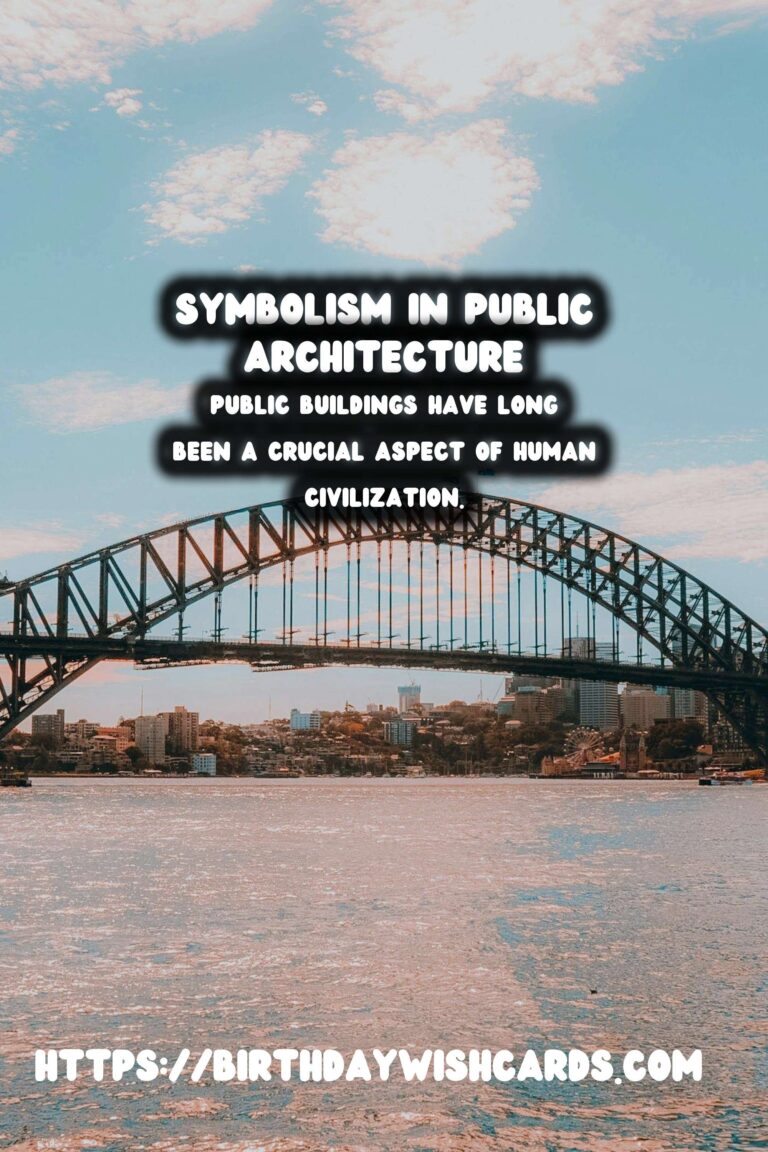
#Architecture #Symbolism




